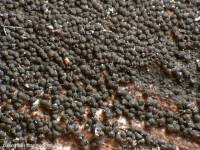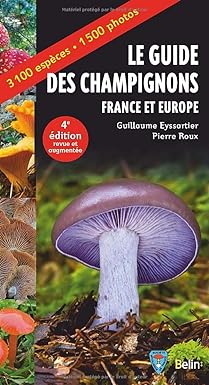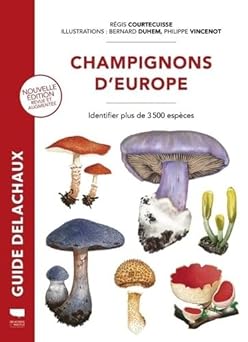
Il y a 2 champignons qui correspondent à votre recherche par ordre de popularité :
| Coniochaeta pulveracea (Ehrhart) Munk (1948) |

|
Synonymes : Sphaeria mollis Tode (1791), Fungi mecklenburgenses selecti, 2, p. 8, tab. 9, fig. 66
Sphaeria pulveracea Ehrhart (1801), in Persoon, Synopsis methodica fungorum, p. 83 (Basionyme) Sanctionnement : Fries (1823) Sphaeria transversalis Schweinitz (1832), Transactions of the American philosophical Society, series 2, 4(2), p. 213 (nom. illegit.) Sordaria pulveracea (Ehrhart) Cesati & De Notaris (1863), Commentario della Societa crittogamologica Italiana, 1(4), p. 226 Sordaria friesii Niessl (1865), Verhandlungen des naturforschenden vereines in Brunn, 3, p. 175 Rosellinia pulveracea (Ehrhart) Fuckel (1870) [1869-70], Jahrbucher des nassauischen vereins fur naturkunde, 23-24, p. 149 Rosellinia friesii (Niessl) Niessl (1872) [1871], Verhandlungen des naturforschenden vereines in Brunn, 10, p. 184 Psilosphaeria pulveracea (Ehrhart) Stevenson (1879), Mycologia Scotica, The fungi of Scotland and their geographical distribution, p. 387 Coniomela pulveracea (Ehrhart) Kirschstein (1934) [1933-34], Transactions of the British mycological Society, 18(4), p. 306 Coniochaeta pulveracea (Ehrhart) Munk (1948), Dansk botanisk arkiv, 12(11), p. 9 (nom actuel) References : Medardi p. 316 ; Wergen 0073 Groupe : Pyrenomycetes Classification : Ascomycota / Sordariomycetes / Coniochaetales / Coniochaetaceae Stipe : Nul Habitat : Sur bois pourri. Spores : 10-11 x 7-7.5 µm Comestibilite : Sans interet |
| Coniomela rimincola (Rehm) Kirschstein (1934) [1933-34] |
Pas de photo disponible |
Synonymes : Rosellinia rimincola Rehm (1871), Ascomyceten, 2, n° 89 (Basionyme)
Coniomela rimincola (Rehm) Kirschstein (1934) [1933-34], Transactions of the British mycological Society, 18(4), p. 306 (nom actuel) References : Traverso p. 464 Groupe : Xylaires Classification : Ascomycota / Sordariomycetes / Coniochaetales / Coniochaetaceae Comestibilite : Sans interet |

Pour vous accompagner lors de vos sorties mycologiques, MycoDB vous recommande les guides suivants :

